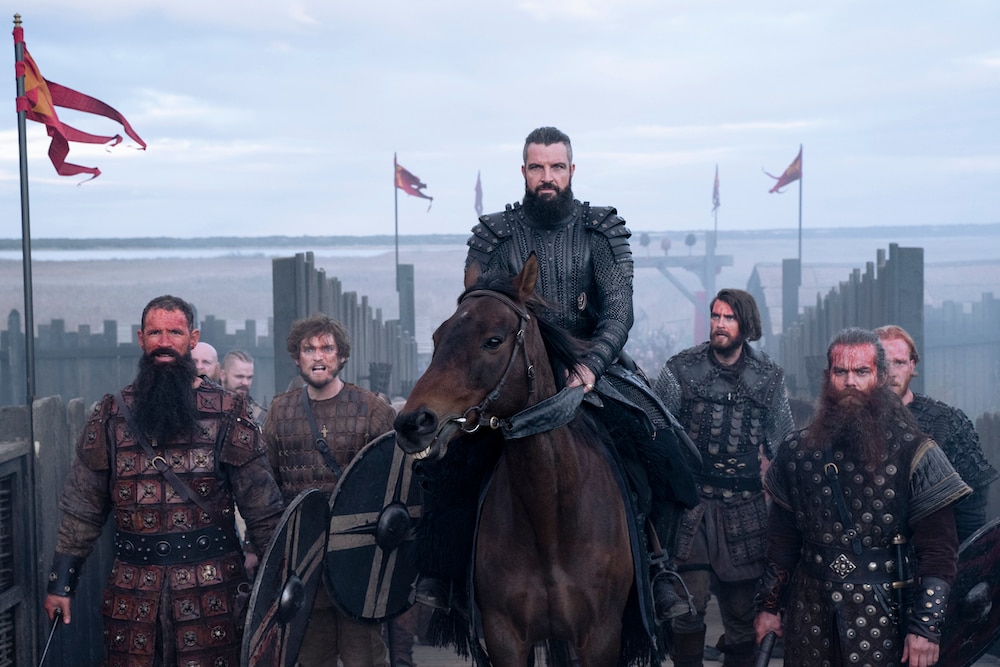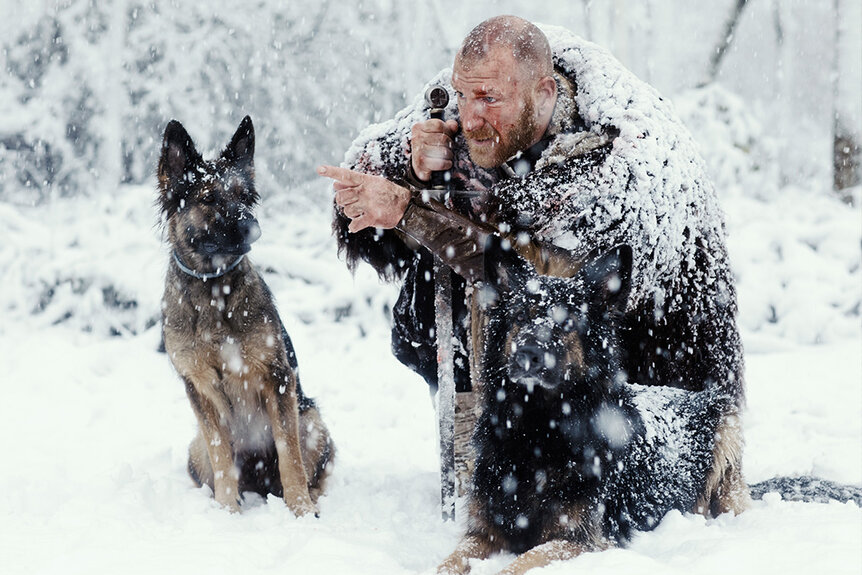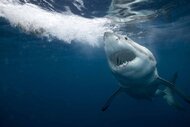Create a free profile to get unlimited access to exclusive videos, sweepstakes, and more!
Vikings likely traveled the seas and the afterlife with their pets
To Valhalla!

The History Channel’s historical period drama Vikings (now streaming on Peacock!) was inspired by Scandinavian folklore and follows the adventures of Ragnar Lothbrok, Viking hero and king of legend. Whether Lothbrok was a real person or an invented character akin to Robin Hood or King Arthur is a matter of some contention among historians. That’s because most of the details about his life come from old poetry or accounts written down after the fact. According to Historic UK, the best evidence for Lothbrok’s existence coms from the Anglo-Saxon Chronicle, a collection of writings first compiled in the late 9th century, around the same time Lothbrok is said to have lived. It makes reference to Ragnall and Reginherus, both of whom are believed to have been Ragnar Lothbrok.
While the debate about the existence or non-existence of Lothbrok rages on, one thing about Viking life has recently become clear. According to a new study published in the journal PLOS One, an international team of researchers have found evidence that when Vikings traveled, they took their pets and other animals with them.
RELATED: Critics praise 'The Northman' as most accurate (and bloody) Viking movie of all time
Scientists went to the barrow cemetery at Heath Wood, Derbyshire, a ceremonial county in the East Midlands of England. There’s a cremation cemetery there which dates to the 9th century and is the only known cremation cemetery in the British Isles. Previous expeditions to the site revealed the presence of several humans and an assortment of animals including a horse, a dog, and the jawbone of another animal which researchers believe to be a pig.
Human and animal remains in proximity to one another isn’t wholly surprising. Even traveling Vikings would have needed provisions. Horses, dogs, and livestock are pretty standard entries in the human toolkit, but the earliest evidence that Vikings traveled with their animal companions doesn’t come until two centuries later. If researchers could prove the animals originated elsewhere, that would be compelling evidence that they traveled in tow.
To find out, the team measured the amount of strontium — a mineral you acquire through your diet — present in the bones and compared that to the ratio of strontium in local plants. Because the amount of strontium in a plant corresponds to the composition of the rocks beneath the soil, we can tell a lot about where ancient people and animals came from and even what they ate, by looking at the ratio of minerals like strontium leftover in their bones. It’s also worth noting that bones can pick up minerals from the soil after they are buried, which sometimes complicates scientific investigation, but that isn’t the case if the bones have been burned. An unintended consequence of Viking cremation is that we get an unadulterated snapshot of the moments shortly after death.
RELATED: Having a pet may keep your brain healthier, even in old age
When the team quantified the strontium ratios in all of the remains, they found that two of the humans had ratios consistent with the local environment. That suggests either that they originated in the area or that they lived their long enough to pick up the local strontium levels. The rest of the remains, the third human and all of the animals had strontium ratios consistent with an origin in the Baltic Shield, an area stretching from Scandinavia to parts of Russia. It also suggests they must have died shortly after arriving in England, before their strontium levels could be messed with too much.
Researchers note this is the first reliable physical evidence that Scandinavians crossing the North Sea brought their horses, dogs, and other animals with them as early as the 9th century. The findings paint a more complex picture of the lives of these people and animals, but leave plenty of unanswered questions about their deaths.
According to researchers, horses and hunting dogs were status symbols and may have been killed and cremated with their owner so that they could travel with them one more time, into the afterlife. The presence of the pig jawbone, (if that is indeed what it is) is a little less clear, but may have been a part of an amulet. The specifics of their stories are very probably lost to time, but it’s nice to imagine that when Vikings traveled — whether across the sea or the rainbow bridge — they didn’t travel alone.
Catch the modern retelling of ancient Scandinavian legend in Vikings, streaming now on Peacock!



























